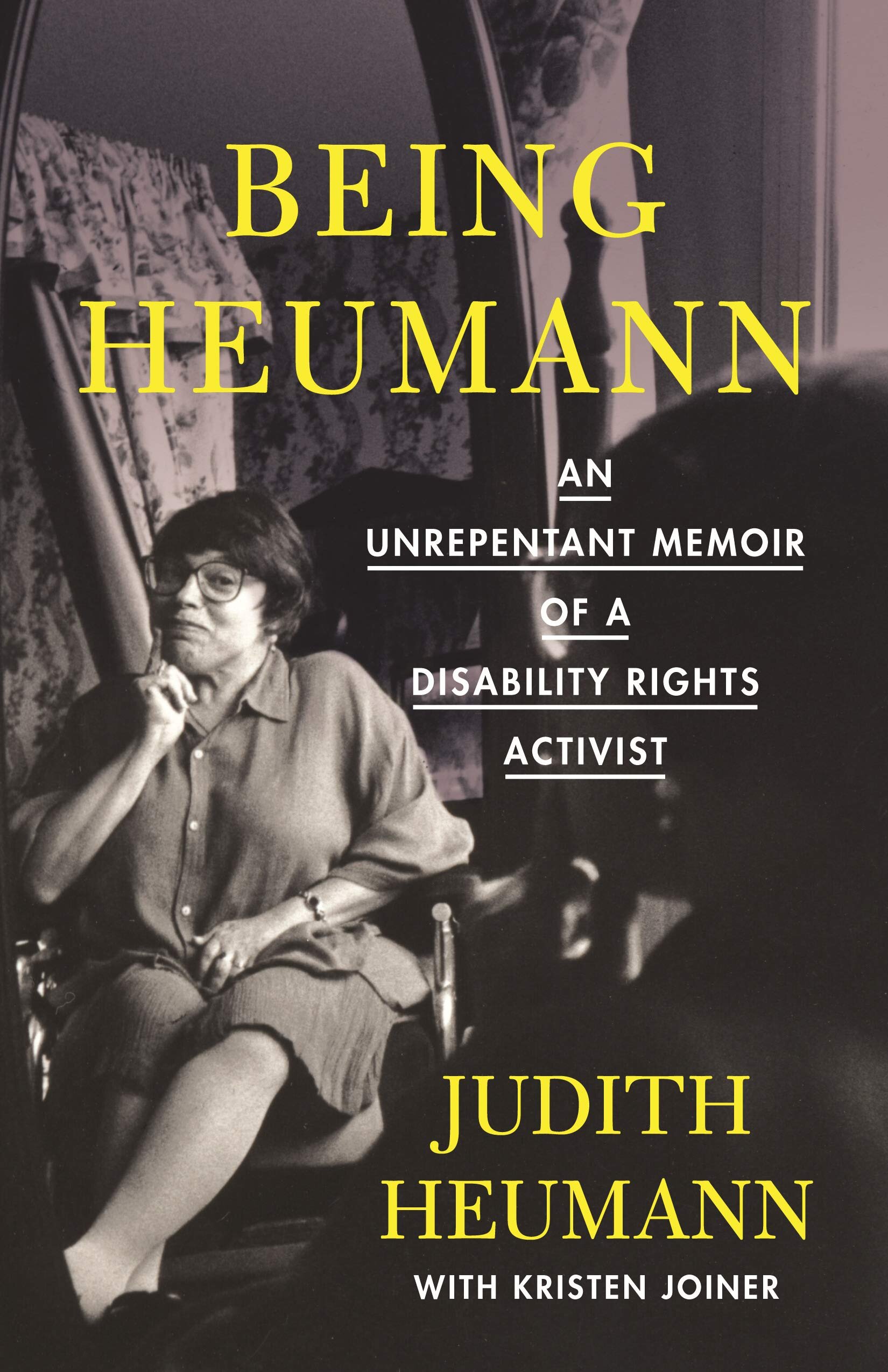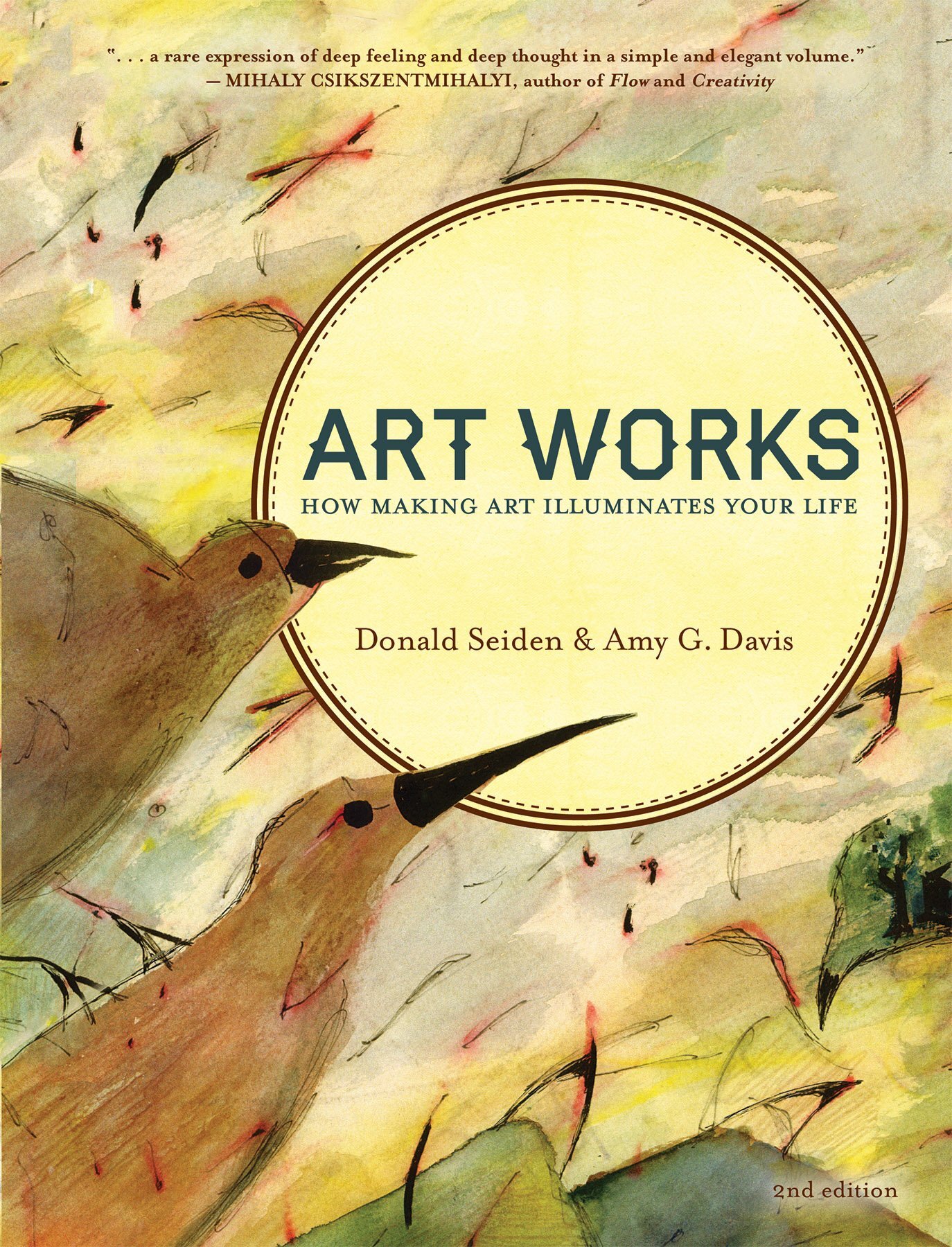5 Books I Want to Read after Attending True/False Film Festival 2020
5 Books I Want to Read after Attending True/False Film Festival 2020
This is my third annual roundup of books I’m inspired to read after attending the True/False Film Festival. I started attending this documentary film festival when I was in undergrad at Stephens College. My dad attended the very first year they held the festival and absolutely loved it. The next year I bought tickets to see one or two films. At the time, the box office was located in a coffee shop that was kind of underground. They’ve come a long way since then! See 2019’s list, here and 2018’s list, here.
1 - After seeing Some Kind of Heaven, I want to read Living Your Retirement Dreams and Growing Young in The Villages: Florida's Friendliest and Healthiest Hometown by Mr. Lindsay E Collier
5 Books I Want to Read after Attending True/False Film Festival 2020
About the film:
A Floridian garden of earthly delights and its discontents, Some Kind of Heaven follows retirees newly arrived at the fountain of youth. At The Villages, a married couple, a widow, and a bachelor find Eden and a second bite at the apple. An area handyman looks for work while a woman toys with love after loss and joining the parrotheads, and each of the deadly sins is out on full display. From synchronized swimming to pickleball, the good life is waiting, as well as a discounted funeral package now at a new, lower price. In a transcendent debut film that puts a twist on the “long-term” relationship, Oppenheim digs below the perfect facade to explore each person’s oscillation between integrity and despair, reinvention and recklessness, freedom and familiar safety. A film that reminds us that we all leave this Earth the way we came.
5 Books I Want to Read after Attending True/False Film Festival 2020
About the book:
This has just been updated for 2018! In the heart of Central Florida about 45 miles northwest from Orlando exists what is probably the biggest retirement community in the world, called The Villages. If you are looking for a place to live your retirement dreams, in this book you will find all the information you need to know about this wonderful opportunity. If you are currently a resident of The Villages this is the perfect information guide for you. Written by a 12year resident, you'll find it very enjoyable, upbeat, informative, and fun to read. Here you will find a detailed description of the day in the life of a Villager along with the history of The Villages, its layout, amenities, governing bodies media, town squares, recreation centers , parks, weather, employment opportunities, volunteer opportunities, and much more. There are also chapters devoted to golf and other sports available and a look at the 2400 plus active clubs in this community. In addition you will find a plethora of information on entertainment and eating, health resources, lifelong learning opportunities, animal and plant life, and interesting day trips in Central Florida. This is truly a complete guide to one of the most interesting retirement communities in the world!
2 - After seeing Crip Camp, I want to read Being Heumann: An Unrepentant Memoir of a Disability Rights Activist by Judith Heumann
5 Books I Want to Read after Attending True/False Film Festival 2020
About the film:
Summer camp is where hijinks, freedom, sexual awakening, and self-discovery flourish. Director Jim LeBrecht uses hilarious and tender archival footage to bring us back to the summer of ‘69, in the leafy green Catskills where he first attended Camp Jened. More than just a traditional sleep-away camp, Camp Jened was a radical refuge for teens living with physical and developmental disabilities that became the springboard for an intersectional, intergenerational movement for civil rights. Set to the revolutionary soundtrack of Woodstock, Crip Camp offers incredible access to the first protests, co-ops, and sit-ins that changed our nation. Together with co-director Nicole Newnham and a whole cast of campers, counselors, and activists, LeBrecht’s Crip Camp is a powerful story of a revolution of the mind, of attitudes, and of the heart.
5 Books I Want to Read after Attending True/False Film Festival 2020
About the book:
A story of fighting to belong in a world that wasn’t built for all of us and of one woman’s activism—from the streets of Brooklyn and San Francisco to inside the halls of Washington—Being Heumann recounts Judy Heumann’s lifelong battle to achieve respect, acceptance, and inclusion in society.
Paralyzed from polio at eighteen months, Judy’s struggle for equality began early in life. From fighting to attend grade school after being described as a “fire hazard” to later winning a lawsuit against the New York City school system for denying her a teacher’s license because of her paralysis, Judy’s actions set a precedent that fundamentally improved rights for disabled people.
As a young woman, Judy rolled her wheelchair through the doors of the US Department of Health, Education, and Welfare in San Francisco as a leader of the Section 504 Sit-In, the longest takeover of a governmental building in US history. Working with a community of over 150 disabled activists and allies, Judy successfully pressured the Carter administration to implement protections for disabled peoples’ rights, sparking a national movement and leading to the creation of the Americans with Disabilities Act.
Candid, intimate, and irreverent, Judy Heumann’s memoir about resistance to exclusion invites readers to imagine and make real a world in which we all belong.
3 - After seeing So Late So Soon, I want to read Art Works: How Making Art Illuminates Your Life by Don Seiden and Amy G. Davis
5 Books I Want to Read after Attending True/False Film Festival 2020
About the film:
Chicago artists Jackie and Don Seiden are a half-century into their marriage, time spent creating distinct yet congruous bodies of work. Jackie makes art of everything around her. Central to her practice is a recognition of the fragility of materials. That conceptual interest has turned into daily reality, as both her body and one of her most ambitious art projects, her canary-yellow Victorian house, start to fall apart. Don’s work reveals a mind resigned to death. He has always been interested in the rules of nature, and now he finds himself facing inevitable health scares. So Late So Soon is a sensitively constructed, playful character study that honors Jackie and Don’s art, and even becomes a part of it, while also locating in it glimmers of their essence.
5 Books I Want to Read after Attending True/False Film Festival 2020
About the book:
For over sixty years, the School of the Art Institute of Chicago's renowned artist, art educator, and pioneer of art therapy, Don Seiden, has lived the aesthetic philosophy he shares in Art Works, inspiring students and colleagues throughout the world. His message is simple: No matter who you are or what the medium, creating art allows you to see your life more completely, and looking at your life more creatively enriches your art. To document this philosophy, Seiden began working with a writer, Amy Davis, leading to a twenty-year collaboration and close friendship. Despite vast differences in the authors' ages, backgrounds, and artmaking styles, they found that the aesthetic philosophy they were recording together could guide everything they did, including the work of writing a book. Art Works weaves Seiden and Davis's twenty-year dialogue into each chapter, offering glimpses of their journey and practical suggestions that apply to any artmaking experience.
4 - After seeing Feels Good Man, I want to read Boy’s Club by Matt Furie
5 Books I Want to Read after Attending True/False Film Festival 2020
About the film:
In 2005, artist Matt Furie posted a cartoon strip to Myspace starring four stoner friends—Andy, Brett, Landwolf, and Pepe. Inspired by impish humor and boyhood mischief, Furie’s story about a little frog who likes to pee-pee with his pants down became wildly popular on new social media platforms such as 4chan, Reddit, and Twitter. As users adapted Matt’s image to fit their own playful or polemical ends, the meme began to mutate and Pepe the Frog was co-opted by an army of anonymous trolls. A rollicking horror flick about the zombie afterlife of images online and off, this film is a must-see for Walter Benjamin acolytes and anyone who lives on the internet – or wants to understand those that do.
5 Books I Want to Read after Attending True/False Film Festival 2020
About the book:
Cartoonist Matt Furie’s deadpan comics showcase slacker roommates Andy, Brett, Landwolf, and Pepe in a series of comical vignettes combining laconic psychedelia, childlike enchantment, drug-fueled hedonism, and impish mischief. The perpetually insouciant glaze of his characters belie the sharp verbal and visual wit of Furie, who delivers a stoner classic for the Tumblr generation. In fact, Furie’s wildly popular teenage weirdoes became an overnight internet sensation when Pepe the Frog was widely adopted by users of 4chan and remixed ad infinitum from there (including uses by pop stars like Nicki Minaj and Katy Perry), giving Boy’s Club built-in recognition with many. A spiritual cousin to Simon Hanselmann’s Megahex and Joán Cornella’s Mox Nox, Boy’s Club’s sense of humor will especially resonate with fans of stoner comedies and black humor.
5 - After seeing Mucho Mucho Amor, I want to read Beyond the Horizon: Visions of the New Millennium by Walter Mercado
5 Books I Want to Read after Attending True/False Film Festival 2020
About the film:
For 15 years, Univision’s news show Primer Impacto closed its report not with the weekend weather or local boy makes good but with Walter Mercado, a fabulous, gender-fluid Puerto Rican astrologer who read the stars and told the future to more than 120 million viewers across Central and South America every day. As he read each sign’s horoscope, he peered into their souls and gave them hope. A classically trained Flamenco dancer, medicinal healer, and devout religious syncretist, Walter’s sartorial statements were inspired by opulent Spanish divas and the occult. A pioneering queer superhero in a cape, Walter brought joy, positivity, and magic to everything he did. So why did he mysteriously disappear?
5 Books I Want to Read after Attending True/False Film Festival 2020
About the book:
Popular, charismatic, Spanish-speaking astrologer Walter Mercado presents an embracing, optimistic forecast for the new millennium. In this enlightening and visionary work, Mercado tells how the 2,000-year Age of Pisces, dominated by patriarchy, racial and religious strife, and bitter warfare, now gives way to the Age of Aquarius--an era of tolerance and inclusion.














